I'm starting to use neo4j.
In my graph database I've the nodes Person (look at "John" below), with the labels: Name (string), Food (positive integer). Each Person is connected with other Person through the relationship isFriendTo, that has a value.
I use the graph DB only to find the shortest weighted path between two person.
Also, every day I check every node in the graph, and if the food go under value of 100, I take some actions.
Now, after some improvements, the property Food is no more enough for my project. So I have to split this in three other more specific property (positive integer): Vegetables, Meat and Cereals. If the sum of both three go under 100, I've to take the same actions as before.
My old situation was as "John", the only options to which I can evolve my design is to "Fred" or "Paul"?
In which way can I design this? Should I use in addition to neo4j something like MongoDB to represent hierarchy?
Removing the property Food and add the three new properties seems like a bad practices to me. I've to save elsewhere that this 3 means "food"... and what about if in the future will I add others types of foods? Where do I store the knowledge that the value 100 to check, must come from the sum of Meat, Vegetables and Cereals?
Having something like this, will solve my doubt because I can sum all items inside food:
{
"name": "Lucas",
"food": {
"meat": 40,
"vegetables": 30,
"cereals": 0
}
}
(I don't need to traverse the connections from Food and Vegetables to Person. Just need to check that the sum of Meat, Veg. and Cereals is lesser or greater 100.)
